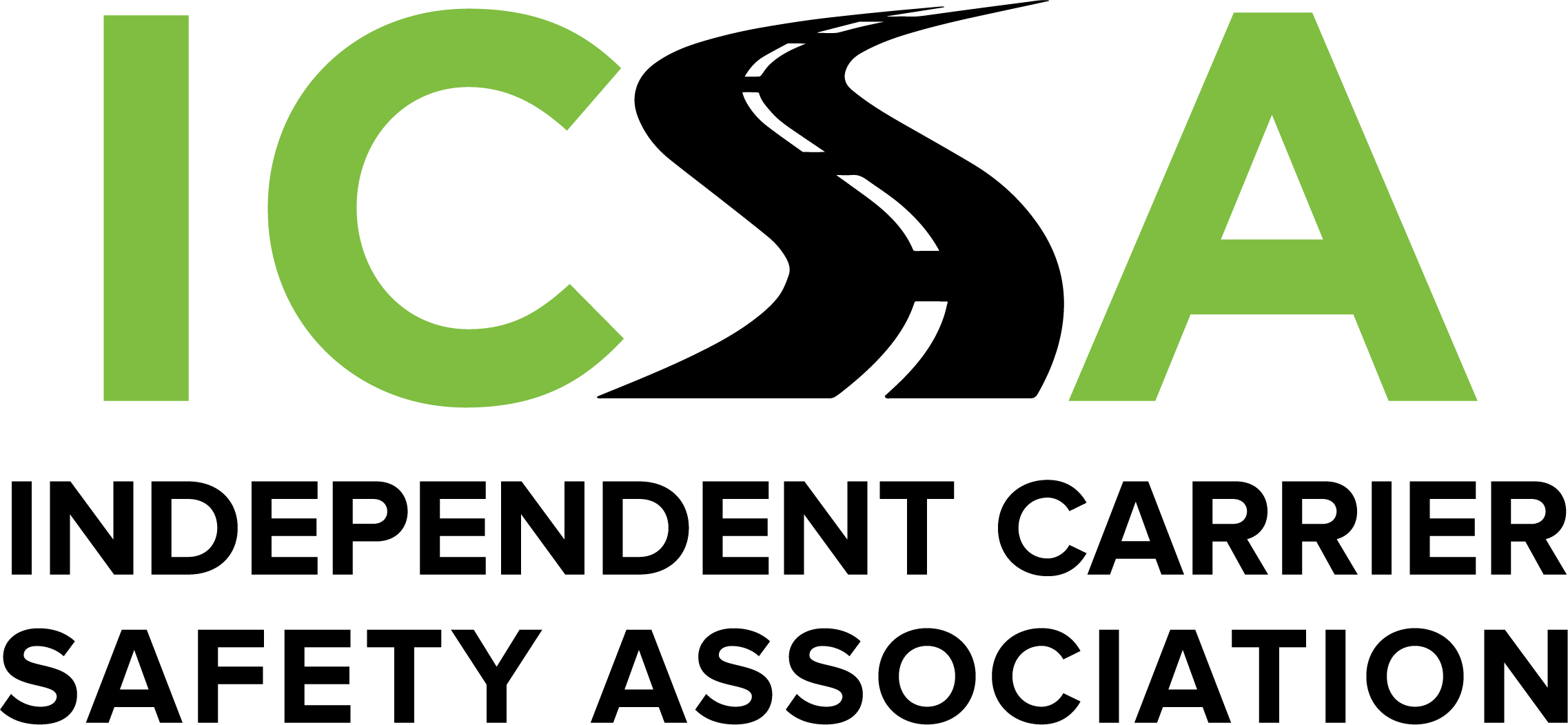ICSA’S Eye Is on the Industry
We know that you are working in or on your business 24/7 and don’t have the time or resources to attend industry conferences and meetings. That’s why ICSA is your eyes and ears and why we try to report back to you on the issues that affect your business and what industry leaders are saying about these issues. ICSA is active in several key industry organizations, including American Trucking Associations (ATA), the Commercial Vehicle Safety Alliance (CVSA), and the Truckload Carriers Association (TCA), to name a few.

